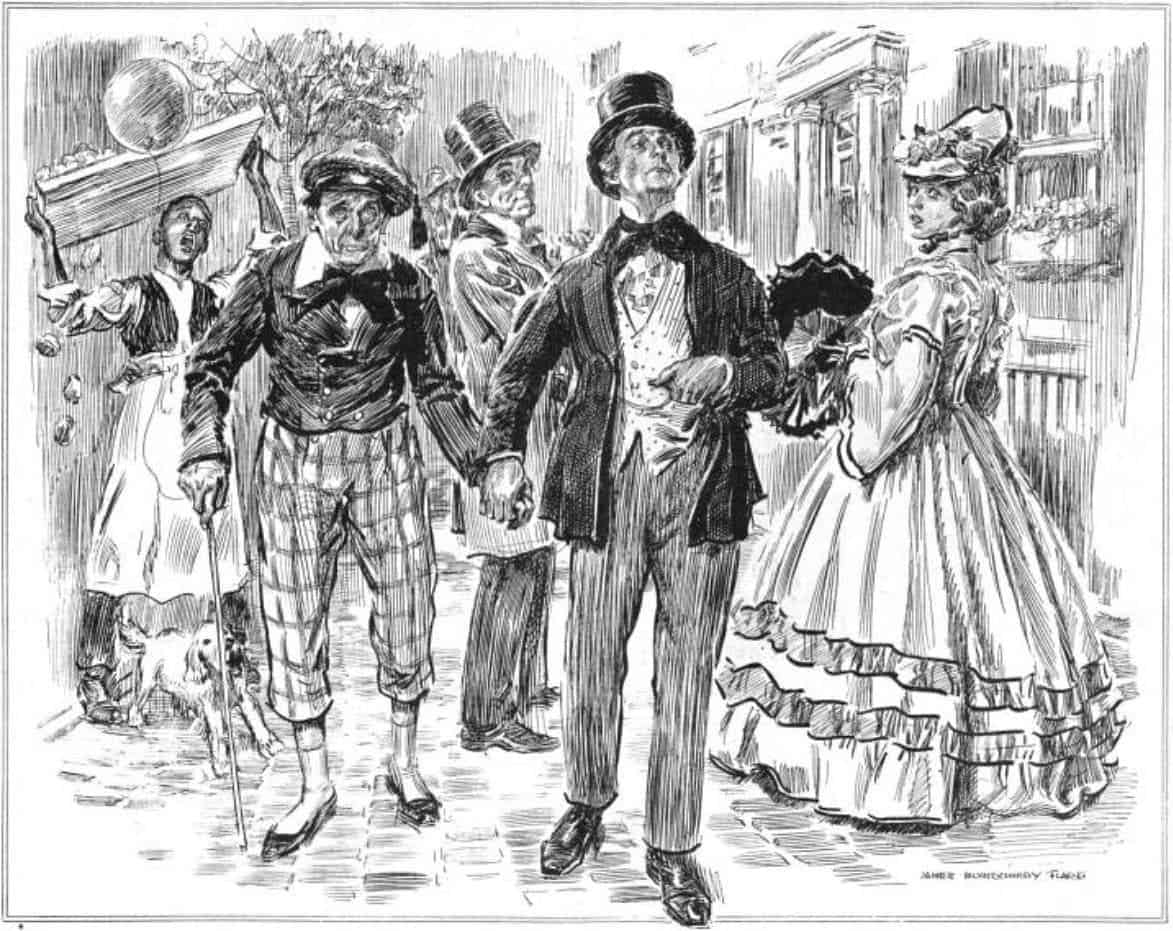
For those living in the United States, income decides whether or not they are eligible for health insurance. Meanwhile, across the Atlantic, Britons have access to free, universal healthcare — and this shows. Not only are people living in the UK healthier than Americans, in general, but they also score better on health markers than the wealthiest class in the US.
Mind the gap, please
In a new study, researchers at the University of Michigan employed two large datasets collected between 2008 and 2016 that included income data, interviews, and biomarkers for nearly 13,000 Americans and 5,700 English.
The researchers chose to include only people 55 years of age or older because that’s the youngest age for which nationally representative data was available for both countries. The age group is also just below the main eligibility age for Medicare health coverage in the US, whose expansion in many states only began in 2014.
The comparison between the two datasets shows that middle-aged Americans have worse health than their English counterparts.
Socio-economic status is known to be a reliable predictor of a person’s health, with lower-income individuals typically having poorer health than higher-income ones.
Although there are important differences in health outcomes between the rich and poor living in the UK, the gap was much wider on the other side of the pond.
According to the findings, which were reported in JAMA Internal Medicine, the top-earning Americans in their late 50s and 60s have higher rates of diabetes, high blood pressure, arthritis, and mental health conditions than their English counterparts. And that’s despite them earning nearly twice as much after tax than their English peers.
The difference in health outcomes was even more striking among those who made the least income. For instance, middle-aged English people in the bottom 20% of the income bracket scored higher on nearly all health metrics than the poorest Americans.
Poor Americans were also much more likely to score higher on direct measurements taken by doctors for their blood pressure, blood sugar, and a marker for inflammation called C-reactive protein.
Among Americans, things are much worse
The widest gap in health status, however, was between high-income Americans and low-income Americans — much larger than the one between the same groups in England. And things could be even worse, according to HwaJung Choi, who is the lead-author of the new study and a researcher at the University of Michigan Medical School.
“At the same time,” she continues, “we may observe even greater income discrepancy in health – within and between countries — for Americans, if we examine younger cohorts, as income inequality continues to increase in the U.S., and the health of subsequent cohorts seems even worse.”
“These are remarkable results, and confirm the value of comparisons between countries,” said co-author Andrew Steptoe, head of the Research Department of Behavioural Science and Health at University College London. “Differences in health care are part of the story, but even in England where care is free for everyone at the point of delivery, there are still marked differences in health related to income.”
Bad news for COVID-19
The United States is the world’s biggest COVID-19 hotspot at the moment, with nearly 3.5 million confirmed cases and nearly 140,000 deaths recorded thus far.
It’s been more than half a year now since the coronavirus pandemic first began sweeping the globe, and researchers have a fairly good idea of who is the most at risk of developing the worst disease outcomes. Studies show that those aged 60 or older, along with those suffering from an underlying chronic condition are the most vulnerable.
This new study thus highlights how low-income Americans are forced to deal with an extra burden of COVID-19 due to their poorer access to healthcare during their lifetimes.
“Our analysis provides a comprehensive view of health disparities across many key outcomes, and shines a brighter light on the large differences in health and risk for the rich and poor in our country,” said Kenneth Langa, co-author and a member of the University of Michigan Institute for Social Research and School of Public Health. “A number of the disparities that we found between low-income and high-income Americans – such as a higher risk of diabetes, hypertension, and higher levels of inflammation – are likely contributing to the much higher risk for COVID-related complications and death among the poor.”



